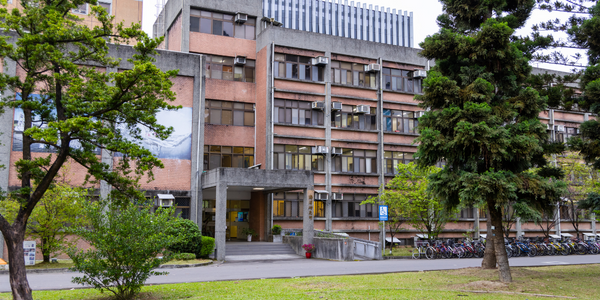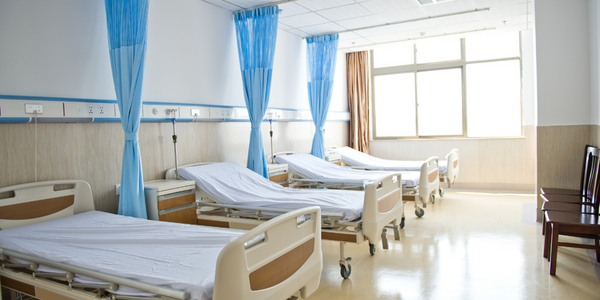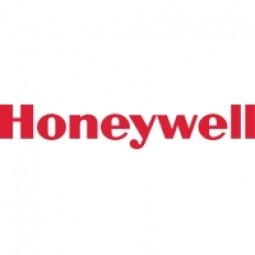
技术
- 分析与建模 - 预测分析
- 功能应用 - 计算机化维护管理系统 (CMMS)
适用行业
- 建筑物
- 医疗保健和医院
适用功能
- 设施管理
- 维护
用例
- 楼宇自动化与控制
- 预测性维护
服务
- 系统集成
客户
蓝水健康
关于客户
Bluewater Health是一家加拿大医疗保健机构,在安大略省 Petrolia 和 Sarnia 设有医院。该组织的特色是一座有 10 年历史的重建,以及一座有 60 年历史的建筑和一座正在重建中的 110 年历史的建筑。 Sarnia 设施的 317,000 平方英尺增加了一个更大的急诊室;一个拥有 8 个手术室和 4 个手术室的外科中心,以及一个综合的母婴/儿童项目,在一层楼提供分娩、分娩和儿科服务。
挑战
尽管许多设施经理有类似的职责和压力,但医院支持服务经理的角色涉及额外的重力。因为监控设施不仅仅意味着跟踪能源效率和保持灯亮。从字面上看,它可能意味着生或死。
以下是医院支持服务经理关注的快速列表:
- 手术室的加热和冷却系统是否按要求运行以防止停机?
- 机械设备是否得到妥善维护以避免暴露于危险中?
- 公用事业是否正在优化以允许将医院的更多有限资源用于患者护理?
- 如果建筑物断电,应急发电机是否准备好工作?
解决方案
该解决方案在整个建筑组合中捕获实时建筑数据,并为每个建筑计算最佳设定点策略,然后自动调整设定点,无需人工干预。
实施后,Honeywell Forge 开始分析已从 EBI(我们的楼宇自动化系统)获得的所有数据,并根据创建的规则就未以最佳方式运行的内容提供反馈。新系统开始从 1000 多个信息源中提取信息,并且几乎立即就任何读数超出可接受范围的内容提供反馈。
运营影响
数量效益

Case Study missing?
Start adding your own!
Register with your work email and create a new case study profile for your business.
相关案例.

Case Study
Energy Saving & Power Monitoring System
Recently a university in Taiwan was experiencing dramatic power usage increases due to its growing number of campus buildings and students. Aiming to analyze their power consumption and increase their power efficiency across 52 buildings, the university wanted to build a power management system utilizing web-based hardware and software. With these goals in mind, they contacted Advantech to help them develop their system and provide them with the means to save energy in the years to come.

Case Study
Hospital Inventory Management
The hospital supply chain team is responsible for ensuring that the right medical supplies are readily available to clinicians when and where needed, and to do so in the most efficient manner possible. However, many of the systems and processes in use at the cancer center for supply chain management were not best suited to support these goals. Barcoding technology, a commonly used method for inventory management of medical supplies, is labor intensive, time consuming, does not provide real-time visibility into inventory levels and can be prone to error. Consequently, the lack of accurate and real-time visibility into inventory levels across multiple supply rooms in multiple hospital facilities creates additional inefficiency in the system causing over-ordering, hoarding, and wasted supplies. Other sources of waste and cost were also identified as candidates for improvement. Existing systems and processes did not provide adequate security for high-cost inventory within the hospital, which was another driver of cost. A lack of visibility into expiration dates for supplies resulted in supplies being wasted due to past expiry dates. Storage of supplies was also a key consideration given the location of the cancer center’s facilities in a dense urban setting, where space is always at a premium. In order to address the challenges outlined above, the hospital sought a solution that would provide real-time inventory information with high levels of accuracy, reduce the level of manual effort required and enable data driven decision making to ensure that the right supplies were readily available to clinicians in the right location at the right time.

Case Study
Intelligent Building Automation System and Energy Saving Solution
One of the most difficult problems facing the world is conserving energy in buildings. However, it is not easy to have a cost-effective solution to reduce energy usage in a building. One solution for saving energy is to implement an intelligent building automation system (BAS) which can be controlled according to its schedule. In Indonesia a large university with a five floor building and 22 classrooms wanted to save the amount of energy being used.

Case Study
Powering Smart Home Automation solutions with IoT for Energy conservation
Many industry leaders that offer Smart Energy Management products & solutions face challenges including:How to build a scalable platform that can automatically scale-up to on-board ‘n’ number of Smart home devicesData security, solution availability, and reliability are the other critical factors to deal withHow to create a robust common IoT platform that handles any kind of smart devicesHow to enable data management capabilities that would help in intelligent decision-making

Case Study
Gas Pipeline Monitoring System for Hospitals
This system integrator focuses on providing centralized gas pipeline monitoring systems for hospitals. The service they provide makes it possible for hospitals to reduce both maintenance and labor costs. Since hospitals may not have an existing network suitable for this type of system, GPRS communication provides an easy and ready-to-use solution for remote, distributed monitoring systems System Requirements - GPRS communication - Seamless connection with SCADA software - Simple, front-end control capability - Expandable I/O channels - Combine AI, DI, and DO channels




